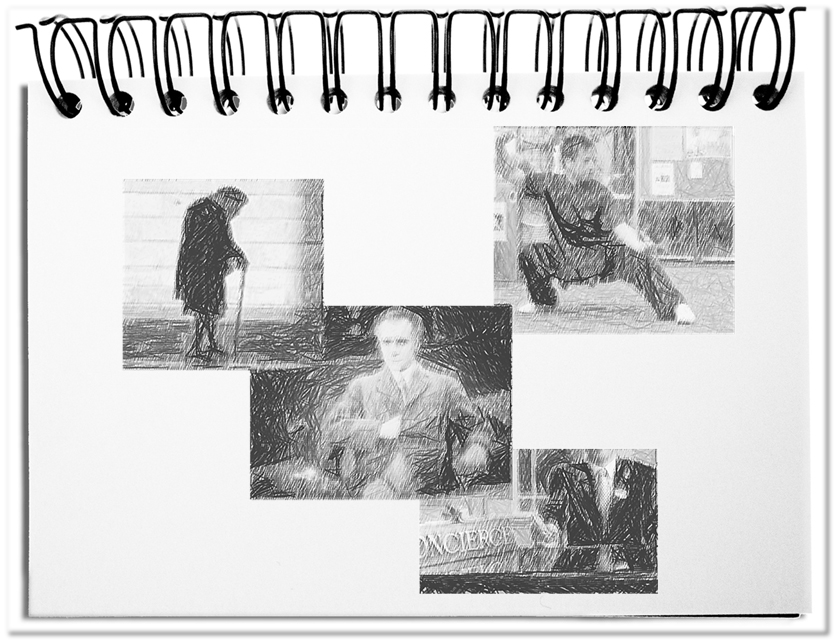Bonsai is the art of influencing the growth of trees in such a way that the trees have a beautiful growth habit through artistic designing, but kept small in pots by regular cuts. The result is a large variety of original, apparently wild trees. In nature these trees would grow into the sky. A similar approach has evolved within enterprises. Bonsai style is the art of keeping employees small. This micro management affects the employee activities, like the scissors on the growth of trees. Agility that depends on pro-activity, initiative and flexibility of the people, cannot tolerate bonsai style.
What defines the bonsai style that undermines agility?
- More criticism than praise
Representatives of the bonsai style have the tendency to nip the however small commitment of employees in the bud by caviling incessantly. It makes no difference, whether the objections are justified or not. The whole is intensified by the absence of praise. In an agile world such leader could not take a stand, since nobody would follow them. - Devalue results with formalities
The agile employees are driven people of their own aspiration. The attention is limited to the resolution. This leads to the fact that aspects that do not have much to do with the solution are faded out as of minor importance. Does the tie fit? Did you use the official forms? Is the Font correct? The result consists of eighty-percent problem solution. The bad evaluation of the formalities completely misses the goal and tramples all over the tender seedling of the employee commitment. - Consistently pulling the superior joker
After many years of the development, the learning organization, the employee participation, and the teambuilding with their standards, evaluations and decisions from above, the power structures are still in place. Now those, who came to their limits, expect a debureaucratization and the utilization of the inherent employee energy of wanting to create something. However, if no one comes forward voluntarily, the volunteers are determined. If nobody delivers what the superiors expect, the employees get their result adapted by micro management. For safeguarding the business, the hierarchical structures are kept besides the agile ones. - Disparaged in the plenum
A very effective approach, in order to keep the employees small, are offending comments in the public. Devaluing remarks on the personal work style, on small mistakes in the argumentation or on the editing, guarantee that the employees lose their face. The anticipatory commitment of the agile employee is then no longer probable. - Micro management
The always not available, but obsessed with details 24/7 micro managers are actually their best agile employees. Their commitment always is at maximum. They worry about everything and they are decisive. Unfortunately they don’t have the time to consider, because they have incessantly tasks, which they obviously have to worry about. Since everything excites their attention, they cannot manage to get used to the work and contribute thereby nothing. Understandably, they cannot accomplish their actual function. Micro management is one of the largest hurdles on the way to the agility. - Missing covering
The attitude to correct at any time each detail at discretion leads to the fact that the employees are quickly alone without covering, exposed to the problem in case of crisis. In order to be able to act agilely, they need however the trust from above that their actions always take place in the interest of the larger whole. Where a lot of things happen, there happen also many errors. Error tolerance is an approach, to provide good covering. In the context of agility a remaining leadership task is the boundless support and employee shielding, when they process the topics self-organized. - Rule one and two
Apart from the micro management the largest agility killers are the rules of power. Rule 1: The boss is always right. Rule 2: If he is not right, then automatically rule 1 is valid. Thereby the budding initiative has no chance to prove itself on a long-term basis and to develop an effective solution.
Bottom line: As long as the old approaches for the company design remain unchanged, like the hierarchical structure, the chain of command, or the superior joker, the associated disadvantages also remain. The generous authorization of the employees with sufficient resources, powers and support is crucial for exhausting the advantages of agile approaches. Bonsai style prevents thereby the desired effects since an employee initiative nipped in the bud cannot flourish.


